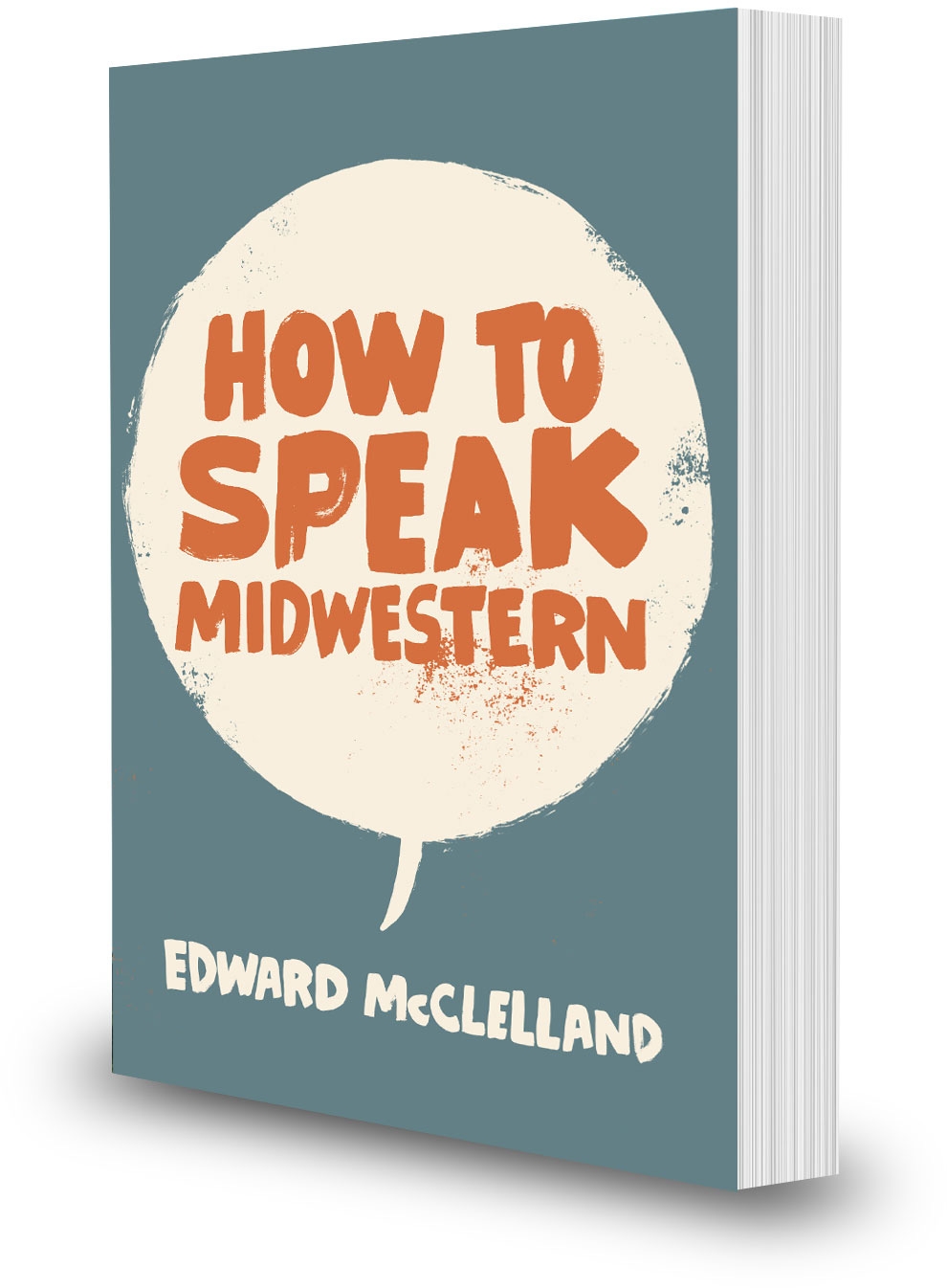Contrary to what Midwesterners often think, we do speak with an accent. And it’s a funny one at that, depending whom you ask.
It’s achieved by “talking as though your lower jaw has fallen off and you have to form words with the rest of your face,” according to Edward McClelland.
So the author explains in his new book, “How To Speak Midwestern,” which is both a cultural history of and field guide to the varieties of speech throughout middle (real?) America.
“One reason I wrote this is I wanted to demonstrate that the Midwest is not the bland standard and that Midwest accents are as distinctive as anywhere else in the country,” McClelland said.
He defines the Midwest as a vast area of the United States “west of Exit 41 on the New York State Thruway, east of the Missouri River and north of the Ohio River,” divided into three dialect regions. Michigan’s Lower Peninsula belongs to the Inland North region, which stretches west from Upstate New York and includes Chicago and Milwaukee.
Within each zone is a glossary’s worth of regional and city-specific speech idiosyncrasies. Almost nobody outside Michigan, for instance, knows what a “party store” or a “coney dog” is, much less a “Michigan left” turn. Michiganders put an apostrophe plus “s” on proper nouns where it doesn’t belong, i.e. “Meijer’s” or “Kroger’s.” We’re unique in our use of “eh” and “yup.” Few other Americans — with the possible exception of Buffalo, N.Y. residents — will know the term “Canadian ballet” refers to a strip club.
Midwesterners do have some historical justification for thinking our speech is accentless. Around the early 20th century, when the Midwest was an economic and industrial powerhouse, more and more public figures emerged from the area to normalize the dialect — including seven presidents from Ohio alone. Television’s expansion as a mass medium coincided with the Midwest’s post-World War II peak, so broadcasters were trained to speak in flat middle-American.
“The Midwest was the center of the country,” McClelland said. “Half the people in North America lived within 500 miles of Cleveland. It was considered the way to appeal to the greatest number of Americans.”
In recent decades, the Midwestern accent has receded from its standardized position to become as regionally identifiable as anything from New Jersey or Boston or Texas — and equally subject to mockery in pop culture. “Fargo” and the “Bill Swerski’s Super Fans” sketches from “Saturday Night Live” are well-known examples. Another “SNL” sketch from the 1990s about a phone sex line called 1-600-LANSING — where the girls really lean into the Rs and short As — is harder to find, but even more funny.
Several factors contribute to the old Midwestern accent’s decline from prominence, including a strange phenomenon called the Northern Cities Vowel Shift, in which vowel sounds play a complicated game of musical chairs. Education and mobility also have exposed Midwesterners to other accents and cultures, causing them to self-consciously moderate their own speech.
But more than anything else, McClelland said the accent has waned with the Midwest’s cultural, political and economic influence.
“Deindustrialization had something to do with accent leveling,” McClelland said.
This book, then, has struck an unexpected chord following the presidential election, when the media have struggled to explain how the traditional Democratic strongholds of Michigan, Ohio, Pennsylvania and Wisconsin tilted the race to Donald Trump.
“It’s sort of been adopted as an anthropological text by coastal and foreign journalists who want to understand the Midwest,” said McClelland, a Lansing native.
McClelland will speak at 7 p.m., Feb. 16 at the Grand Rapids Public Library. His presentation, “Yes, There Is a Michigan Accent,” will include a reading, Q&A session and audio-clips of speech from famous Midwesterners such as Michael Moore, Iggy Pop and Gov. Rick Snyder.





